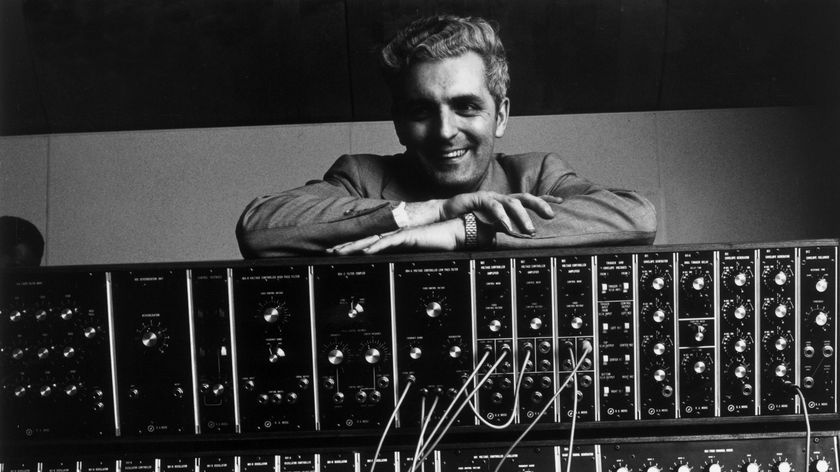The 30 most influential prog drumming albums
Who will take the stop spot?
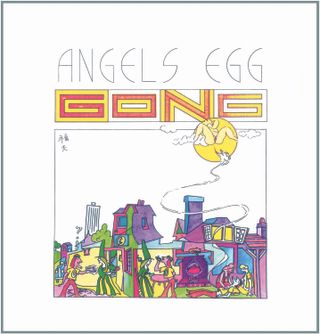
Angel's Egg (1973)
French drummer and percussionist Pierre Moerlen made his debut with space rockers Gong on Angel’s Egg (Radio Gnome Invisible, Vol. 2).
Moerlen’s playful, fluid drumming was the perfect fit for ‘Sold To The Highest Buddha’ and ‘Eat That Phone Book Coda’.
Moerlen would later transform Gong into a jazz-rock outfit.
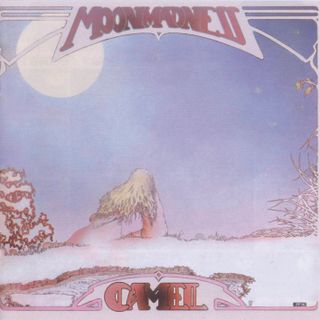
Moonmadness (1975)
Unmistakeably British prog from Camel, complete with flute solos from frontman Andrew Latimer.
The influence of jazz-rock can be heard in the ride cymbal work and syncopation of the underrated Andy Ward, notably on the excellent ‘Lunar Sea’, while he smoothly powers through the multiple time signatures of ‘Chord Changes’.

The Story of Light (2012)
Jeremy Colson took over from Virgil Donati to back up guitar virtuoso Vai and quickly proved he had the chops for the job, evidenced by his powerful performances in ‘Velorum’ and ‘Gravity Storm’.
He shows his stylistic range on the polyrhythmic title track and the gentle ‘Creamsicle Sunset’.
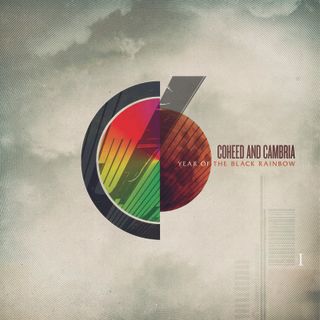
Year of the Black Rainbow (2010)
Former Dillinger Escape Plan drummer Chris Pennie delivers a monster performance on Year Of The Black Rainbow.
His parts are integral to the compositions, not simple accompaniment. The drum break that opens ‘Guns Of Summer’ is dizzying in speed and complexity, while ‘This Shattered Symphony’ showcases his creative drumming style.
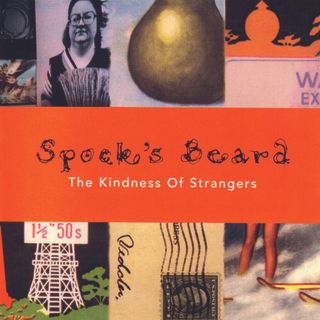
The Kindness of Srangers (1998)
Nick D’Virgilio is on top form on this ambitious album that switches between demanding instrumental workouts to huge catchy melodies that suggest the influence of Supertramp. ‘Cakewalk On Easy Street’ marries both sides of the band’s musical identity, while the 15-minute epic ‘Flow’, divided into three parts, is a delight.
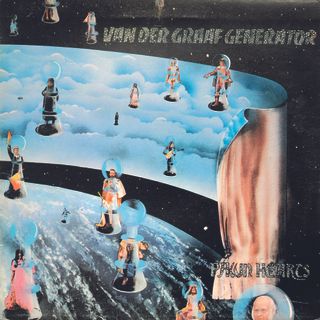
Pawn Hearts (1971)
With the entire second side of the LP devoted to the multi-part, 23-minute ‘A Plague Of Lighthouse Keepers’, Van Der Graaf Generator’s Pawn Hearts embraces prog’s love for detailed arrangements.
Guy Evans rises to every challenge thrown at him, switching time signatures and tempos on a dime.
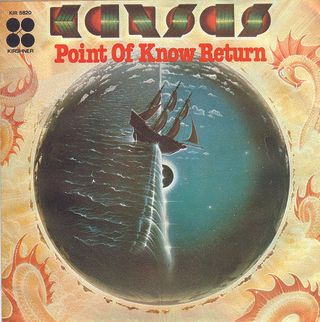
Point of Know Return (1977)
Kansas married prog chops with a gift for crafting accessible hits.
Point Of Know Return produced the US Top 10 single ‘Dust In The Wind’ while the album sold over four million.
Phil Ehart has plenty of chances to shine, turning in excellent performances on ‘Closet Chronicles’ and ‘Lightning’s Hand’.

90125 (1983)
Opening with the smash ‘Owner Of A Lonely Heart’, 90125 gave Yes a surprise hit and proved the prog legends were still a creative force to be reckoned with in the ’80s.
‘Changes’ is an impressive piece of drumming from Alan White who blitzes through the odd time of ‘Cinema’.
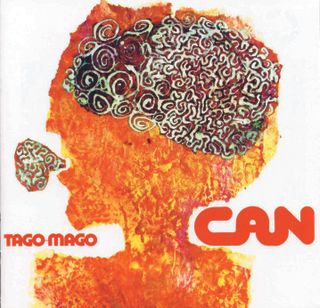
Tago Mago (1971)
From the jazz-inspired improvisations on ‘Paperhouse’ to the robotic beat of ‘Mushroom’ and the funky groove of ‘Halleluhwah’, Can and Jaki Liebezeit displayed a healthy disregard for musical boundaries on Tago Mago.
Very few bands in the history of rock have ever matched Can’s appetite for fearless experimentation and genre-mashing.
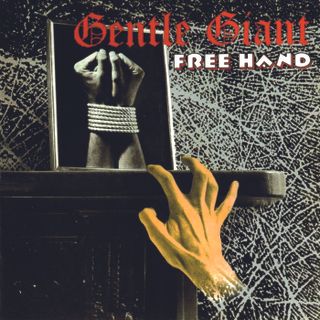
Free Hand (1975)
Drawing inspiration from medieval music, particularly in the vocal arrangements of ‘On Reflection’ and ‘His Last Voyage’ and the melody of ‘Talybont’, Gentle Giant were all first-rate players who created clever, intricate rock.
John Weathers provides much of the musical punch, undeterred by even the most complicated rhythmic passages.
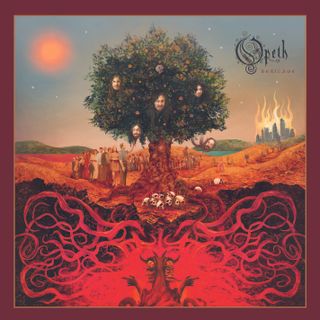
Heritage (2011)
From their origins in death metal, Opeth had always displayed progressive tendencies, but they took the musical world by surprise with their transformation into a fully-fledged prog band with 2011’s Heritage.
The epic ‘Famine’ showcases drummer Martin Axenrot’s dynamic range, moving from whisper-quiet cymbal work to unbridled bursts of energy.
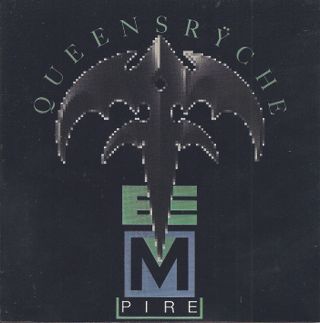
Empire (1990)
The follow-up to their 1988 concept album Operation: Mindcrime took Queensryche to new heights of success and gave them a chart hit in both the US and UK with the ballad ‘Silent Lucidity’.
Scott Rockenfield’s powerful drumming is the engine that drives ‘Empire’ and the elegant arrangement of ‘Della Brown’.
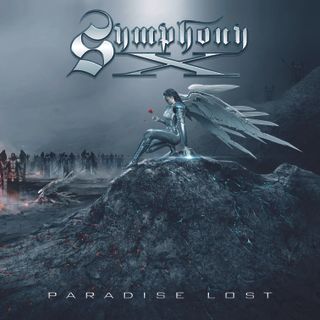
Paradise Lost (2007)
Symphony X’s 2007 release is a concept album inspired by the 17th Century poem by John Milton. Paradise Lost never lacks for ambition, but the band are more than equal to the task.
Jason Rullo has blistering power metal chops, deployed to great effect in ‘Set The World On Fire’ and ‘The Walls Of Babylon’.

Immortal? (2000)
Founded by ex-Pendragon keyboardist Clive Nolan and Marillion’s original drummer Clive Pointer, Arena play prog with power, bombast and a strong dose of fantasy, exemplified here by the track ‘The Butterfly Man’.
Technological themes come to the fore in the 19-minute ‘Moviedrome’ which mixes electronic beats with Pointer’s thunderous playing.
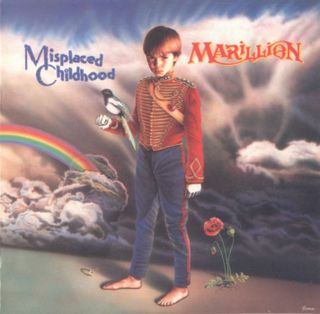
Misplaced Childhood (1985)
An album inspired by singer Fish’s acid trip, Misplaced Childhood topped the charts in the UK and produced two hit singles, ‘Kayleigh’ and ‘Lavender’.
However the record features the multi-part compositions ‘Bitter Suite’, ‘Heart Of Lothian’ which lets Ian Mosley rock out, and ‘Blind Curve’ to maintain their prog credentials.

Thick as a Brick (1972)
One single track, originally split over two sides of the record, makes up this classic from Ian Anderson-led folk-proggers Jethro Tull.
It’s a hugely ambitious piece of work, taking in a huge array of influences and instrumentation. The music puts Barriemore Barlow through his paces, with military rolls, folk passages and rock workouts.

Danger Money (1979)
The prog supergroup U.K. was formed by John Wetton, Alan Holdsworth, Eddie Jobson and Bill Bruford, but Holdsworth and Bruford left after their self-titled debut and Terry Bozzio joined for the follow-up.
The drummer rips through ‘The Only Thing She Needs’ and puts his stamp all over ‘Caesar’s Palace Blues’.
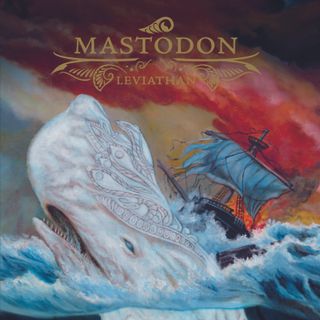
Leviathan (2004)
The heaviest album in the countdown by no small margin, Leviathan is a concept album inspired by Moby Dick played with a combination of sonic savagery and technical flourish.
‘I Am Ahab’ is a cascade of drumming from Brann Dailor, who shows he can play against the groove in ‘Megalodon’.
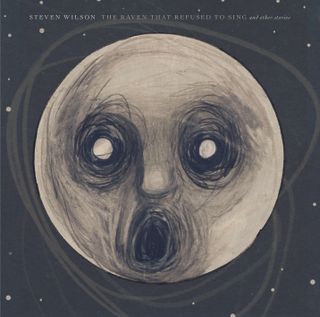
The Raven That Refused to Sing (And Other Stories) (2013)
Exquisitely crafted by Porcupine Tree frontman Steven Wilson, this album features the multi-dextrous drumming of the remarkable Marco Minnemann.
There are traces of Pink Floyd in the ethereal ‘Drive Home’, while ‘Holy Drinker’ lets Minnemann stretch out, playing off Theo Travis’s squealing clarinet.

Quantum (2007)
Opening with the polyrhythmic ‘Alien Hip Hop’, Quantum is an album packed with demanding drumming from Virgil Donati, who rarely takes his foot off the gas.
Donati delivers one mind-boggling moment after another – he’s as fast and fluent with his feet as most drummers are with their hands.
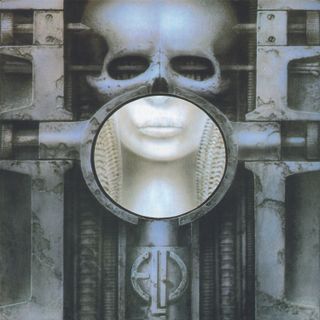
Brain Salad Surgey (1973)
A high water mark in the explosive career of ELP. ‘Toccata’ was based on Alberto Ginastera’s 1st Piano Concerto; when the music publisher refused to grant the band the rights to use it, Keith Emerson flew to Geneva to meet Ginastera, who promptly agreed.
The track prompted Carl Palmer to incorporate electronic pads into his kit. One of the most powerful drummers Britain has ever produced, Palmer tackles ‘Karn Evil 9: First Impression, Part 1’ with relentless energy and meticulously detailed drumming.
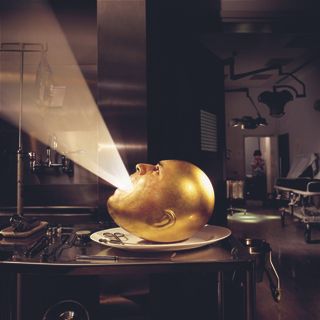
De-Loused in the Comatorium (2003)
Densely layered to the point of clutter, De-loused In The Comatorium was the first full-length release from The Mars Volta, following their debut EP Tremulant.
Eschewing the post-punk of leaders Cedric Bixler-Zavala and Omar Rodriguez-Lopez’s previous band At The Drive-In, The Mars Volta gleefully mangled together experimental, art-rock, noise and prog influences.
The album introduced the drumming world to Jon Theodore, who fights for his corner of the frantic sonic landscape with skill and power. ‘Eriatarka’ is a breakneck race to the finish line, while ‘Roulette Dares (The Haunt Of)’ features the sort of drumming sure to leave hands in blisters.
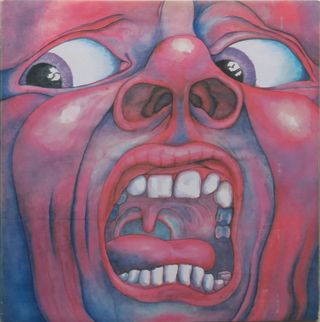
In the Court of the Crimson King (1969)
Listening to drummer Michael Giles blazing his way through King Crimson’s incendiary debut album, it’s hard to believe he left the band to become a session drummer, going on to cut pop records for Leo Sayer.
The album’s opening track ‘21st Century Schizoid Man’ is a certified progressive rock classic, with Giles’s drums keeping up a breathless pace alongside Greg Lake’s bass, before they switch gears for the gentle washes of ‘I Talk To The Wind’.
‘Moonchild/The Dream/The Illusion’ breaks up into abstract sounds, verging towards avant-garde jazz, before the closing title track swells to its glorious crescendo.
A milestone album in the birth of progressive rock.

The Dark Side of the Moon (1973)
With 50 million copies sold to date, Pink Floyd’s 1973 opus The Dark Side Of The Moon took progressive rock into the mainstream, staying in the Top 100 for 11 years consecutively.
It certainly didn’t hurt that the album is beautifully produced and always deeply melodic even when Nick Mason and the band play in odd-time on ‘Money’.
‘The Great Gig In The Sky’ gives Mason room to express himself playing over and against the piano riff and ‘Any Colour You Like’ is a trippy space funk jam.
The mood is consistently melancholic, but the album defined Pink Floyd as no other release before or since.
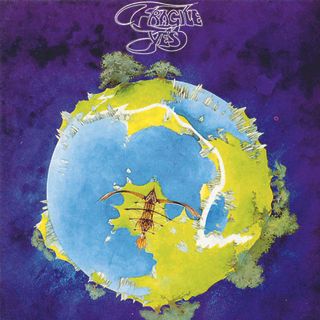
Fragile (1972)
Fragile was the album that transformed Yes from British hopefuls into international stars capable of packing arenas.
It opens with one of their best known songs, ‘Roundabout’, as catchy as it is accomplished. Bill Bruford shows the powerful side of his playing in ‘South Side Of The Sky’ while ‘Long Distance Runaround’ sees him playing fives against 4/4, before he switches to a jazz feel in the break.
‘Heart Of The Sunrise’ highlights the drummer’s virtuosity, switching between time signatures often at breathtaking tempos.
There’s a reason other prog drummers talk of Bruford with reverence, as Fragile provides eloquent testimony.
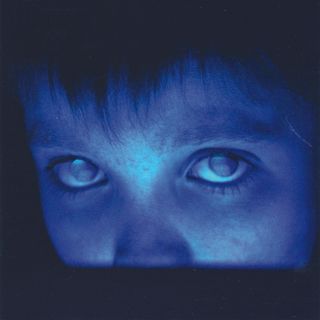
Fear of a Blank Planet (2007)
The 17-plus minutes of ‘Anesthetize’ provide the centrepiece of Brit prog stars Porcupine Tree’s meditation on a disconnected generation raised on a diet of mind-numbing television and videogames.
Rhythm readers’ favourite Gavin Harrison is on fire throughout, ripping through double-kick segments that would test the most ardent metal player, but equally at home in the sections where the music opens up into wide landscapes of melody, heard here on ‘My Ashes’, reminiscent of Pink Floyd.
One of the most consistently inventive drummers in the rock world, Harrison’s creativity always makes for compulsive listening, evidenced as he plays against the time of Steven Wilson’s piano in ‘Sentimental’.
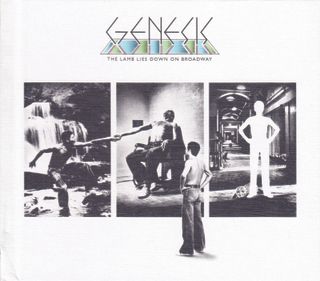
The Lamb Lies Down on Broadway (1974)
Genesis’ 1974 classic is a sprawling concept album which was originally released as a double LP. and tells the story of a character called Rael in New York.
The Lamb Lies Down on Broadway was the last Genesis album with vocalist Peter Gabriel – but he undoubtedly went out on a high.
Amongst Gabriel’s fantastical, and occasionally impenetrable, lyrics the band still flex their musical muscles on ‘In The Cage’, which gives Phil Collins a platform for constructing intricate parts and fills.
The drummer’s syncopated rhythms provide the drive behind ‘Back In NYC’, and ‘Riding The Scree’ is a showcase for Collins’ creativity, playing off the twisting melody.

Ænima (1996)
Tool, with the incomparable Danny Carey behind the kit, had already made their mark in the rock world with 1993’s dark and menacing Undertow, but they realised their full strength three years later on Ænima.
The lyrics of vocalist Maynard James Keenan may horrify many listeners, but the musicianship of the players is beyond reproach. Danny Carey’s ability to rip out polyrhythmic and polymetric patterns at speed and volume on ‘Forty Six & 2’ and the title track show his fluency on the kit.
Two years after Ænima, Carey’s pursuit of new horizons led him to study classical East Indian drumming with Aloke Dutta, further expanding his repertoire.
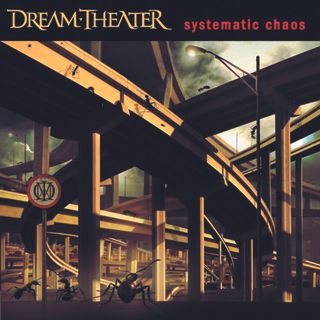
Systematic Chaos (2007)
Dream Theater divided opinion by embracing their heavier instincts on Systematic Chaos, but their more muscular approach on their ninth album certainly gives Mike Portnoy licence to assert his power.
‘Constant Motion’ features inspiring double-kick work and plenty of blistering fills, while the middle section of one of the album’s highlights,
‘The Dark Eternal Night’, boasts a succession of challenging time signature shifts performed at unforgiving speed.
‘In The Presence Of Enemies’ is a prog epic split into two parts that bookend the album and which takes Portnoy through the whole spectrum of rock drumming, including relentlessly technical instrumental sections that would break lesser drummers.
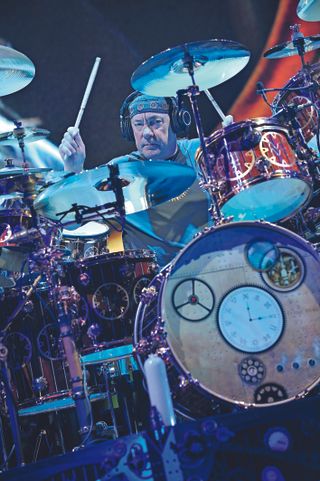
Moving Pictures (1981)
Your winners by a country mile, Neil Peart and Rush are the prog heavyweight champions as chosen by Rhythm and MusicRadar readers.
After their progressive proclivities reached a zenith on the albums A Farewell To Kings and Hemispheres, Rush showed signs of moving away from epic compositions towards more radio-friendly rock on 1980’s Permanent Waves.
But it was on Moving Pictures that their new direction reached fruition as Geddy Lee, Alex Lifeson and Neil Peart proved they could write radio-friendly hits that were still musically rich and satisfyingly complex. The group recorded the album at Le Studio, Morin Heights, Quebec with Terry Brown who had been Rush’s producer since their second album Fly By Night in 1975.
Characteristically, Peart came to the recording sessions with every groove, fill and flam meticulously planned out and rehearsed. Seeking to try to capture the sound of the drums the way Peart heard them as he was playing, engineer Paul Northfield experimented with taping a PZM microphone to Peart’s chest to capture the sound from the drummer’s perspective.
The album became Rush’s most successful, reaching Number 3 in both the US and UK charts. It opens with a track that remains a live standard to this day – ‘Tom Sawyer’. As catchy as the song is, the drumming is enormously detailed.
The main verse groove requires Peart to play 16th notes on the hi-hat with his right hand, while the pre-chorus sees him accenting on the bell of his ride at changing intervals.
The track features sections in 7/16, 7/8 and 3/8, although in the live version from the Taking Centre Stage DVD, some of those 7/8 and 3/8 sections are transcribed as bars of 13/16. The big drum break features a bar of triplets played between the hands and feet.
‘Red Barchetta’ sees Peart alternating bars of 3/4 and 4/4 during the guitar solo, effectively playing 7/4 time, while the Grammy-nominated instrumental ‘YYZ’ was born from the rhythm of the Morse Code call sign for Toronto Pearson International Airport, beginning in 5/4.
‘Limelight’ provides a case study in making odd-time signatures groove seamlessly together by emphasising the quarter-note pulse. During Lifeson’s solo, which is in 3/4, Peart often plays phrases that run over the barline to smooth out the feel of the odd time. ‘The Camera Eye’ is the longest track on the album, just under 11 minutes, and begins with military-style snare rudiments.
The trio never intended to play ‘Witch Hunt’ live so Peart overdubbed the percussion elements, which proved a challenge when they eventually brought the song into the setlist for the album’s 30th anniversary.
Peart tackled the layered parts with pads replicating the percussion elements, eg: playing a triggered cowbell sound with his left foot, leaving his hands free to play the fills. ‘Vital Signs’ reflects the influence of reggae and New Wave and features a synthetic kick and snare section that Peart has said was inspired by the German electronic band Kraftwerk.
As challenging as Peart’s drum parts can be, he is an extremely physical and powerful drummer who never sacrifices volume and commitment for complexity. Moving Pictures captures the band at a creative peak, confident in their ability to handle complex arrangements even as they expanded the parameters of their sound. Essential listening.
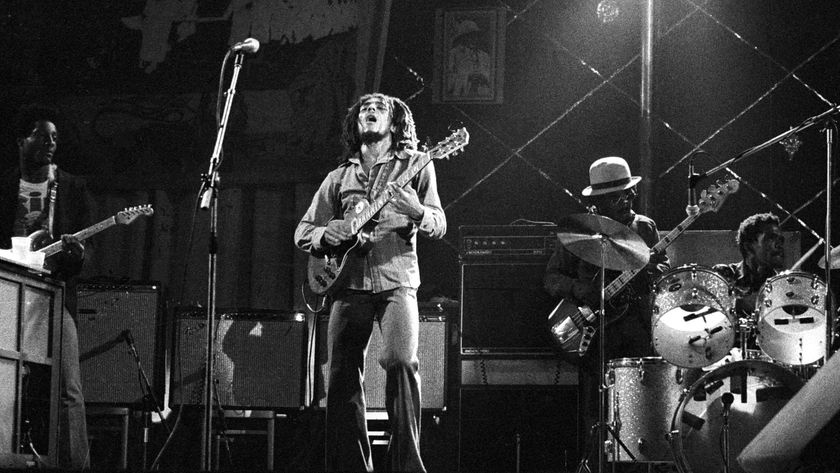
"Reggae is more freeform than the blues. But more important, reggae is for everyone": Bob Marley and the Wailers' Catch a Fire, track-by-track

“Part of a beautiful American tradition”: A music theory expert explains the country roots of Beyoncé’s Texas Hold ‘Em, and why it also owes a debt to the blues

"Reggae is more freeform than the blues. But more important, reggae is for everyone": Bob Marley and the Wailers' Catch a Fire, track-by-track

“Part of a beautiful American tradition”: A music theory expert explains the country roots of Beyoncé’s Texas Hold ‘Em, and why it also owes a debt to the blues
Most Popular













